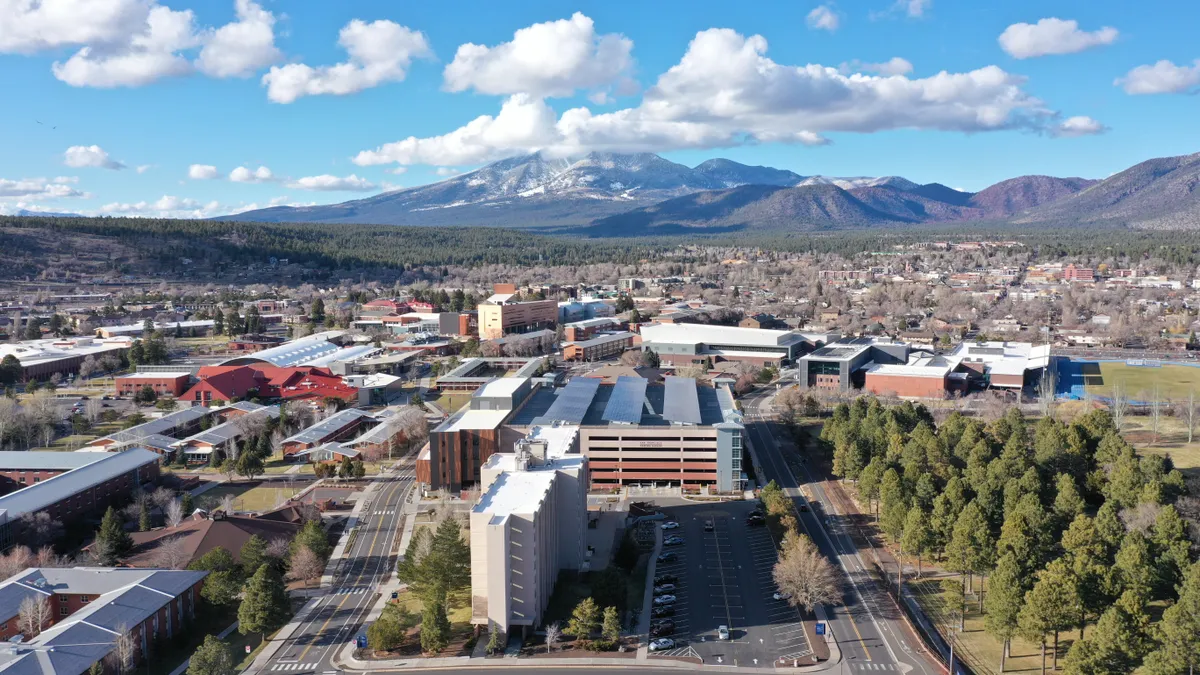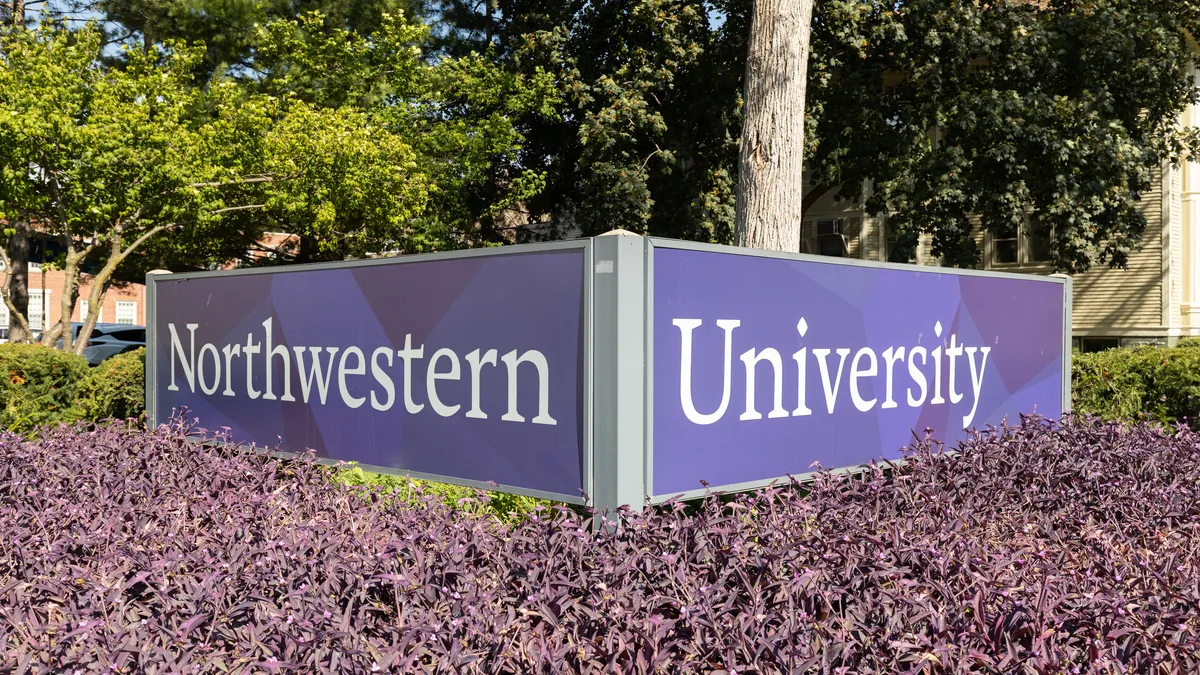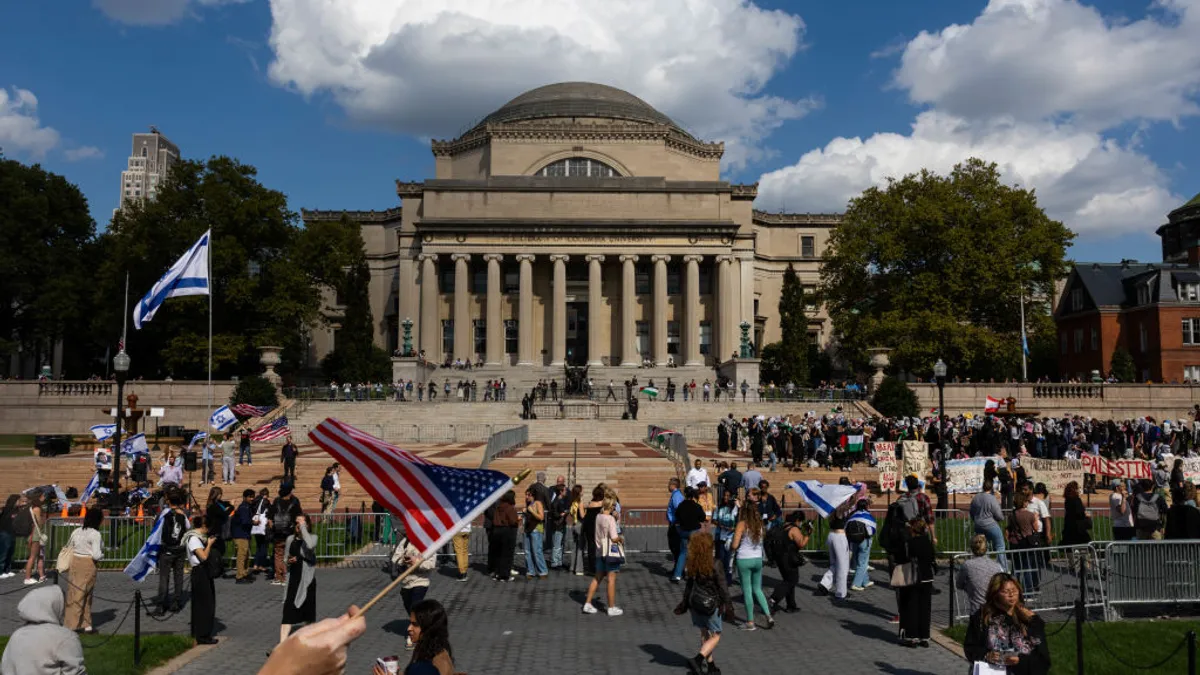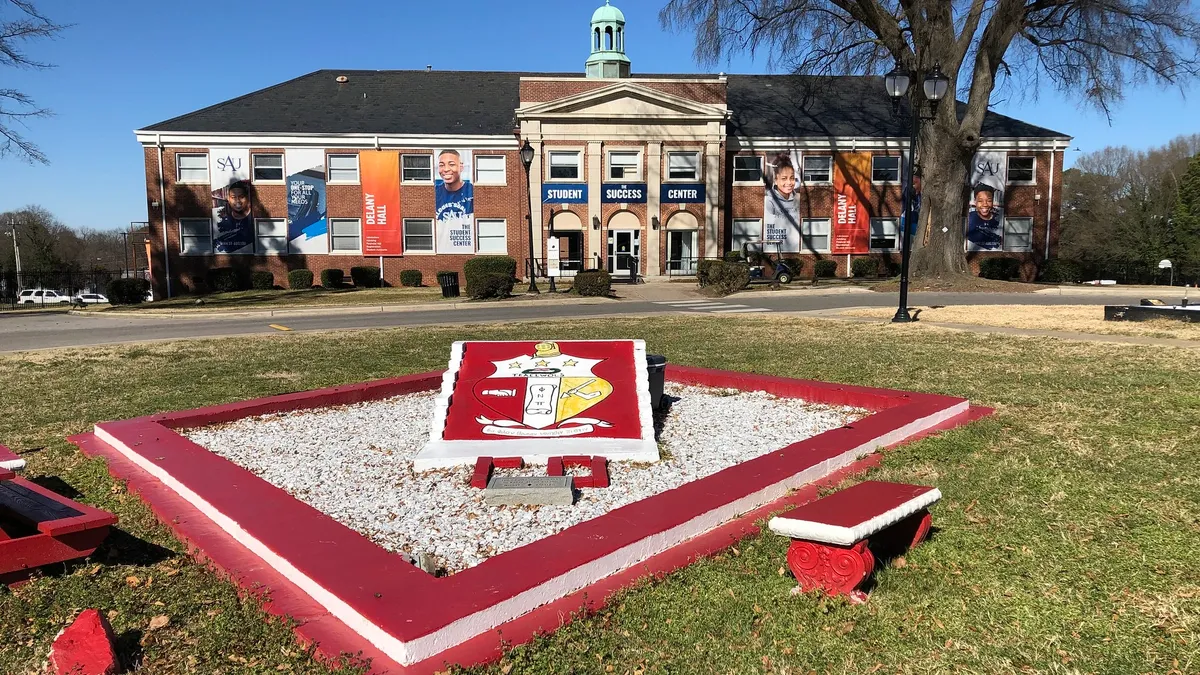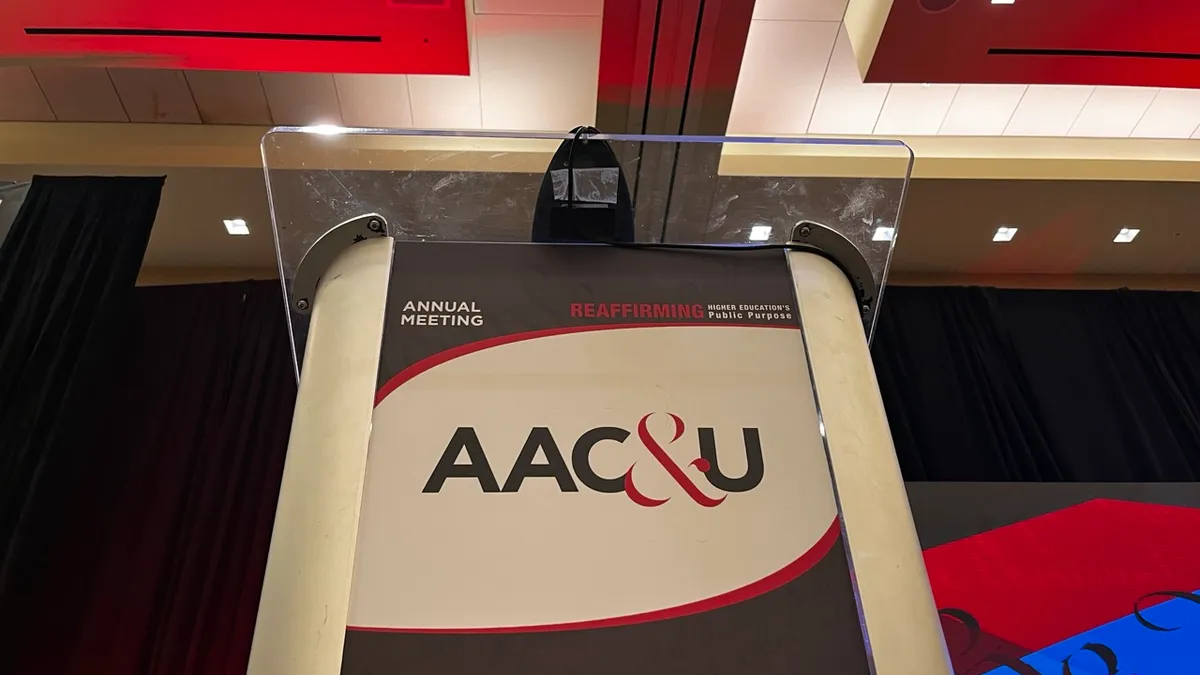In June, Northern Arizona University unveiled a campuswide initiative meant to expand access to higher education and prioritize equity at the Hispanic-serving institution. The program, called Elevating Excellence, brought changes to the admissions, student services and financial aid offices and has been held up as a case study of success by the Institute for Higher Education Policy.
Under its new ethos, Northern Arizona disaggregated institutional data to find where it had been failing prospective students and fix holes in its policies. For example, the university realized its admissions guidelines required students to have taken certain coursework that was unavailable at many Arizona high schools, leading to an overhaul in the application process.
José Luis Cruz Rivera took over as Northern Arizona's president in June 2021 and helmed the Elevating Excellence program from ideation to implementation. Prior to that, he served as executive vice chancellor and university provost of the City University of New York and as provost of California State University, Fullerton. Cruz Rivera shared some of the program's biggest changes, how the university chose which initiatives to pursue and how other colleges can move more quickly to help disadvantaged students.
This interview has been edited for clarity and brevity.
HIGHER ED DIVE: What did you prioritize when you joined Northern Arizona University a little over a year ago?
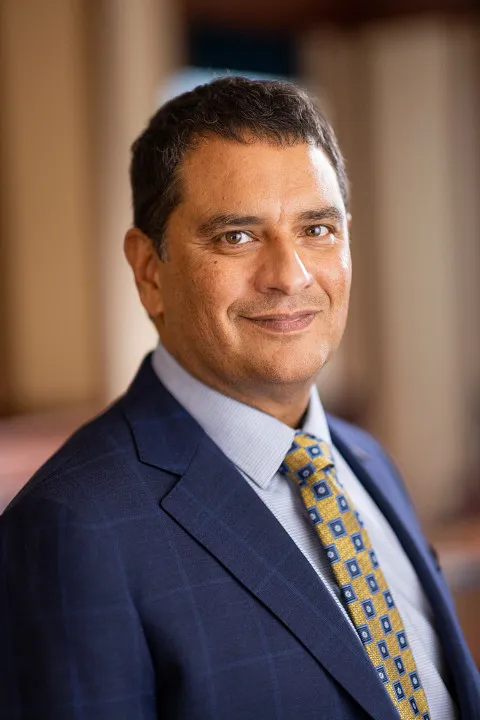
JOSÉ LUIS CRUZ RIVERA:
It became very clear early on that, as I was listening to my faculty, staff, students, alumni and other stakeholders, there was a need for NAU to broaden participation in high quality credentials programs, which in turn provide students with good post-college outcomes and let them contribute to the state and their communities.
We wanted to articulate a new charter for our work and set strategic priorities to drive that charter forward. I am very happy to say we have a very engaged and mobilized university community. What that leads to is a very intentional approach to the work that we do.
I've been in higher ed for many years, I've been privileged to work in several university systems and on college campuses. And what I will say is that the level of focus and intensity and intentionality that I see in my community here, it's something that I haven't seen elsewhere.
What were some of the main obstacles impeding student access, and how did you address them?
One was that our admissions process required students to take 16 core classes in high school. But unfortunately, 50,000 Arizona students attend high schools that only offer 14 of those 16 classes.
You could literally be a valedictorian at one of those schools, but unless you went out of your way to take an online class or go to a community college, you were disadvantaged in getting access to NAU.
This was something that our university community immediately understood was inequitable, so we worked with the board of regents to eliminate that requirement. Now we're able to say that if you've graduated from high school in Arizona with a 3.0 GPA, you are assured admission.
We also made it so that if you come from a household earning under $65,000 a year — which is more than one out of every two households in Arizona — you come to NAU tuition free.
Did you find examples of programs that were already working?
Yes, the most effective program we had is a student tutoring program called Peer Jacks. Students that participated had something like an 8 percentage point higher retention rate, but the program was only available for out-of-state students. Because we looked at the data and it was so powerful, we as a university community made the decision to relocate existing funds to make that program available to all of our freshmen.
Starting new programs and expanding current ones is often expensive. How did Northern Arizona address the financial side of this equity roadmap?
In all my career, I've never been in an academic department or college or system where you're not able to advance good ideas because of money or resources.
People will say there's no money for that, to which I say, it's not about budgeting dollars. It's about budgeting people's time, talent and energy. That's the real currency. And there's always a potential to advance ideas by reallocating funds, which I know is sometimes painful because it means that you have to stop doing something else.
Another thing is that if you have a compelling value proposition, you can find partners. As we were building this plan, it was compelling enough that we were able to secure $81 million between public and private sources. A lot of this money is one-time money. So I see it as venture capital, and we're going to launch initiatives that will have a return on investment over time.
Colleges are often known for making incremental change, so creating and implementing a universitywide equity plan in under a year is fast paced. How did Northern Arizona do it?
Changing admissions requirements would have taken months, if not years, at some of the other places I've been. As you know, in higher ed, it's always hard to align what the board wants with what the administrators want with what the faculty and staff want, let alone the students. But we have this magical alignment of planets here right now.
In higher ed, if you want to drive change quickly, you have to figure out how to keep the rhythms of the shared governance, but up the tempo.
For example, we created some new advisory boards that include faculty, staff and students that we could go to quickly. And whenever we have specific issues that we need to look at deeper, we constitute 45-day committees. It keeps things from being too open ended and gives you a set amount of time to get people's best thinking. And if the best thinking is that they need 45 more days, that's fine. But at least you're setting that standard.
There has to be genuine alignment between where the administration and the regents or trustees want to go with where the faculty, staff and other stakeholders aspire to go. There's so many issues to tackle in higher ed, I don't see any reason for there to be conflict on the campus. If you're gonna do five things, I'm sure any campus can find five things where everybody agrees they want to do that.



